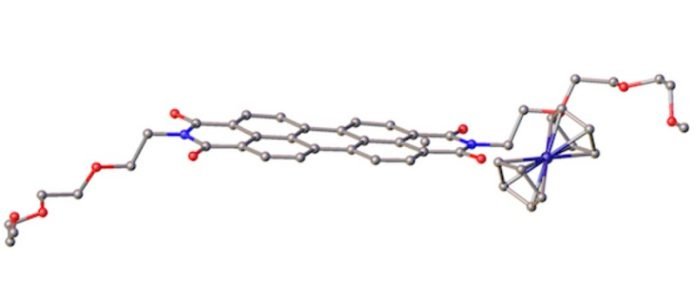
Let’s start with a little background: antioxidants are substances that protect our cells from harm.
Think of them as little shields that defend us from harmful molecules, known as reactive oxygen species (ROS).
ROS are like tiny villains in our bodies, causing harm when there’s too many of them. This can happen when we’re hurt or when we get diseases like cancer.
Scientists at Rice University, University of Texas Health Science Center, and Baylor College of Medicine have been on a mission to create the best ‘superhero’ to battle these ROS ‘villains’.
About five years ago, they created hydrophilic carbon clusters (PEG-HCCs). These were great at their job – neutralizing ROS and even showing promise in treating diseases like cancer and chronic conditions.
But these superheroes were kind of big and difficult to study.
So, the scientists thought, why not create a smaller version? That’s how the new hero, PEG-PDI, was born. PEG-PDI is made of two things: polyethylene glycol (that’s the PEG part) and perylene diimide (the PDI).
It turns out that these PEG-PDI molecules are a lot like the enzymes our bodies naturally produce to deal with ROS, called superoxide dismutase enzymes.
Here’s the cool part: because PEG-PDI is smaller than PEG-HCCs, scientists can study it much more easily.
They can look at the structure of these active particles, seeing every atom and the distances between them. This gives them a lot of information about how these molecules deal with ROS in our bodies.
It’s kind of like being able to see how a superhero’s shield works in slow motion – now they can tweak the shield to make it even better! These tiny PEG-PDI molecules can also last longer in the bloodstream and perform their tasks more effectively.
Lastly, there’s the cherry on top! It turns out, these smaller molecules might have an easier time getting approval for use in humans. That means we might see these superhero antioxidants out in the field sooner rather than later.
In the end, these scientists are taking the power of chemistry and using it to understand how we can better fight diseases in our bodies.
We’re getting better at understanding these tiny superhero molecules, and with every discovery, we’re getting closer to a healthier future.
The research appears in the American Chemical Society journal ACS Nano.



